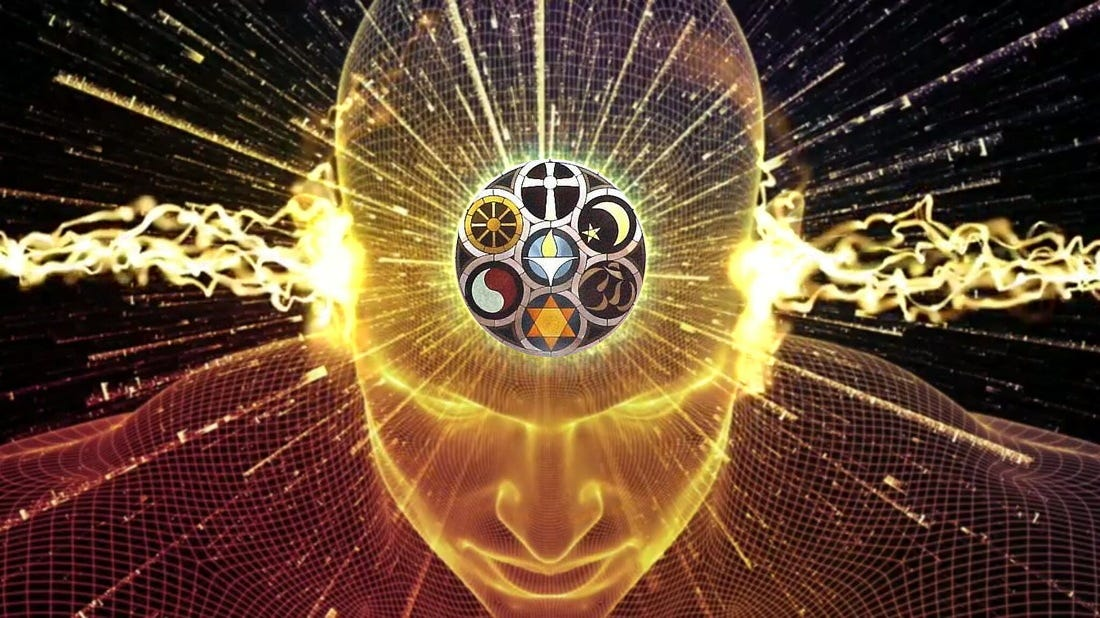Recent fossil finds and genetic analyses are upending traditional views of human evolution, revealing a far more diverse and interconnected past than previously thought. Discoveries like a 1.1–1.4 million‑year‑old facial fragment in Spain, provisionally named Homo affinis erectus, and the newly proposed species Homo juluensis in eastern Asia challenge earlier narratives of a single Homo erectus migration wave. Firsthand field reports and paleoanthropological evidence underscore how these findings reshape our understanding of early humankind’s geographic spread and biological diversity.
Evolutionary geneticists and paleontologists bring the expertise and authority needed to interpret these shifts. A landmark 2025 genetic study from Cambridge reveals that modern Homo sapiens emerged from the interbreeding of two ancient populations, one of which may have numbered just 1,000 individuals during a bottleneck. This work demonstrates that much of our cognitive and metabolic makeup may derive from this merging of lineages. Such research offers nuanced insights into how mixing—not isolation—shaped our species’ rise .
Trustworthiness in these revelations comes from peer-reviewed publications, transparent fossil classification protocols, and carefully dated stratigraphic evidence. With multiple independent teams confirming tools, dietary traces, and anatomical details, the new narrative is built upon scientifically verifiable data. From structured coalescent models to enamel protein analysis reaching two-million-year‑old remains, the interdisciplinary consensus reinforces that human history is still being written—and it’s richer, messier, and more complex than we once believed







